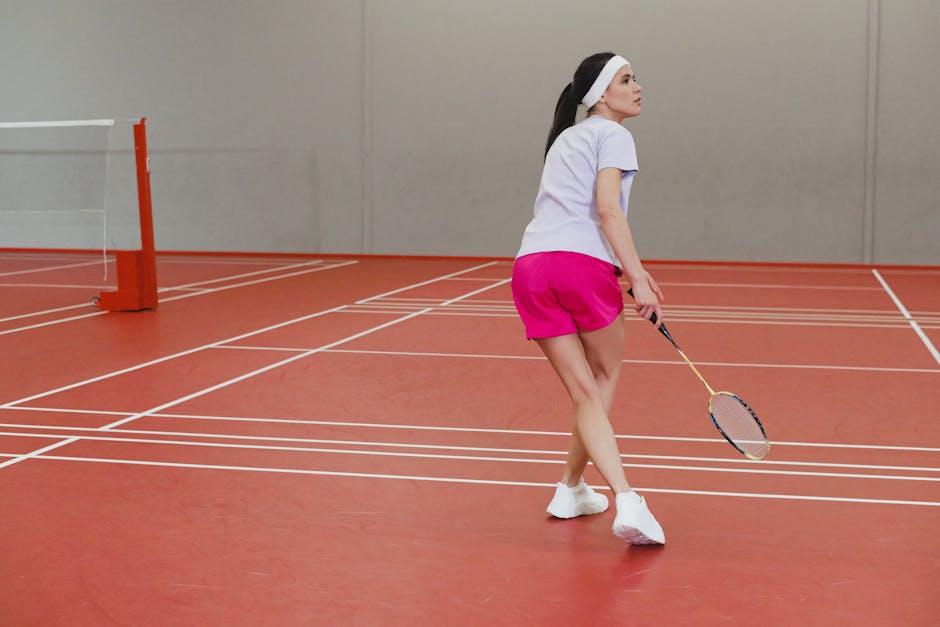Badminton, a dynamic and exhilarating sport, demands precision, agility, and the right equipment. At the heart of every player's arsenal lies the badminton racket, a tool that can significantly impact performance. Choosing the right racket can be a daunting task, especially with the plethora of options available. This guide will navigate you through the key factors to consider, ensuring you find the perfect racket to elevate your game.
One crucial factor is racket weight. Lighter rackets offer greater maneuverability and faster swing speeds, ideal for quick reactions and net play. Heavier rackets, on the other hand, provide more power and stability, benefiting players who prefer aggressive smashes and clears. Understanding your playing style and preferences is crucial in determining the appropriate weight.
Grip size plays a vital role in comfort and control. A grip that's too small can lead to wrist strain and inaccurate shots, while a grip that's too large can hinder quick movements and wrist action. Experimenting with different grip sizes is recommended to find the perfect fit for your hand.
The balance point of a racket dictates its handling characteristics. Head-heavy rackets generate more power, while head-light rackets offer enhanced maneuverability. An even balance provides a blend of power and control, suitable for all-around players.
String tension significantly impacts the feel and performance of a racket. Higher tension provides more control and precision, ideal for advanced players. Lower tension offers more power and a larger sweet spot, beneficial for beginners. It's important to find a tension that complements your skill level and playing style.
Shaft flexibility also plays a role in racket performance. A stiff shaft offers more power and control, while a flexible shaft provides greater repulsion and a larger sweet spot. Consider your playing style and strength when choosing the appropriate shaft flexibility.
The material of the racket frame influences its durability, weight, and performance. Common materials include graphite, aluminum, and composite materials. Graphite rackets are lightweight, durable, and offer excellent power and control. Aluminum rackets are more affordable but may lack the performance of graphite rackets. Composite rackets combine different materials to offer a balance of performance and affordability.
Choosing the right badminton racket is a personal journey. Consider your playing style, skill level, and budget. Don't hesitate to try out different rackets before making a decision. With the right racket in hand, you'll be well-equipped to dominate the court and experience the thrill of badminton at its finest.
